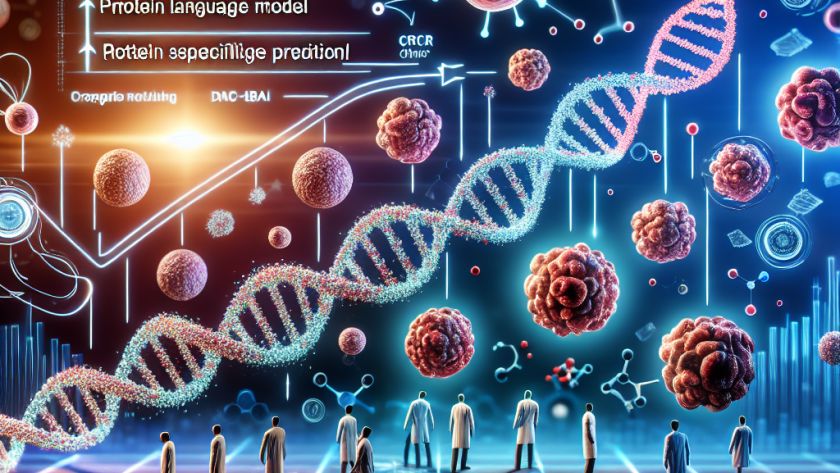Precision psychiatry combines psychiatry, precision medicine, and pharmacogenomics to devise personalized treatments for psychiatric disorders. The rise of Artificial Intelligence (AI) and machine learning technologies has made it possible to identify a multitude of biomarkers and genetic locations associated with these conditions.
AI and machine learning have strong potential in predicting the responses of patients to…












